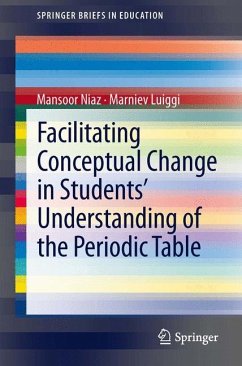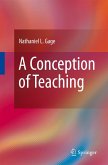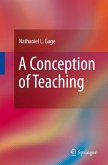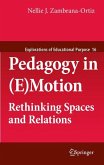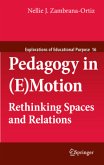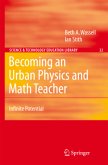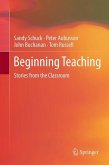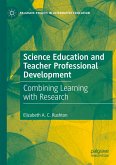This book is about how students are taught the periodic table. It reviews aspects of the periodic table's development, using the history and philosophy of science. The teaching method presented in this book is ideal for teaching the subject in high school and at introductory university level.
Chemistry students taught in this new, experimental way are compared with those taught in the traditional way and the author describes how tests found more conceptual responses from the experimental group than the control group.
The historical aspects of importance to this teaching method are: the role of the Karlsruhe Congress of 1860; the accommodation of the chemical elements in the periodic table; prediction of elements that were discovered later; corrections of atomic weights; periodicity in the periodic table as a function of the atomic theory; and the accommodation of argon.
The experimental group of students participated in various activities, including: discussion of various aspects related to the history and philosophy of science; construction of concept maps and their evaluation by the students; PowerPoint presentations; and interviews with volunteer students.
Hinweis: Dieser Artikel kann nur an eine deutsche Lieferadresse ausgeliefert werden.
Chemistry students taught in this new, experimental way are compared with those taught in the traditional way and the author describes how tests found more conceptual responses from the experimental group than the control group.
The historical aspects of importance to this teaching method are: the role of the Karlsruhe Congress of 1860; the accommodation of the chemical elements in the periodic table; prediction of elements that were discovered later; corrections of atomic weights; periodicity in the periodic table as a function of the atomic theory; and the accommodation of argon.
The experimental group of students participated in various activities, including: discussion of various aspects related to the history and philosophy of science; construction of concept maps and their evaluation by the students; PowerPoint presentations; and interviews with volunteer students.
Hinweis: Dieser Artikel kann nur an eine deutsche Lieferadresse ausgeliefert werden.

